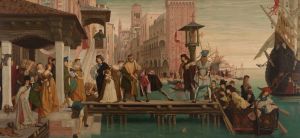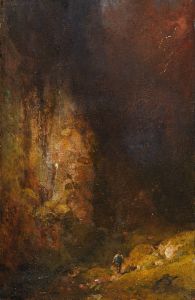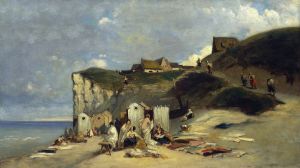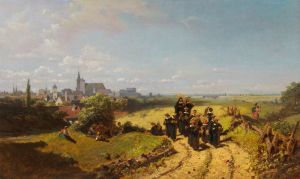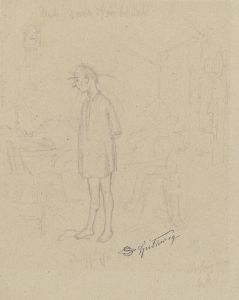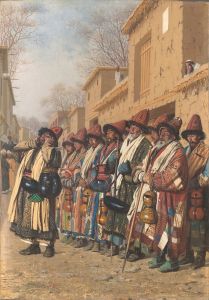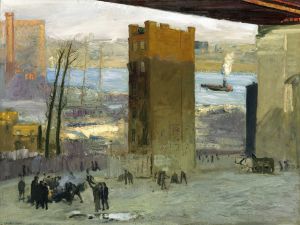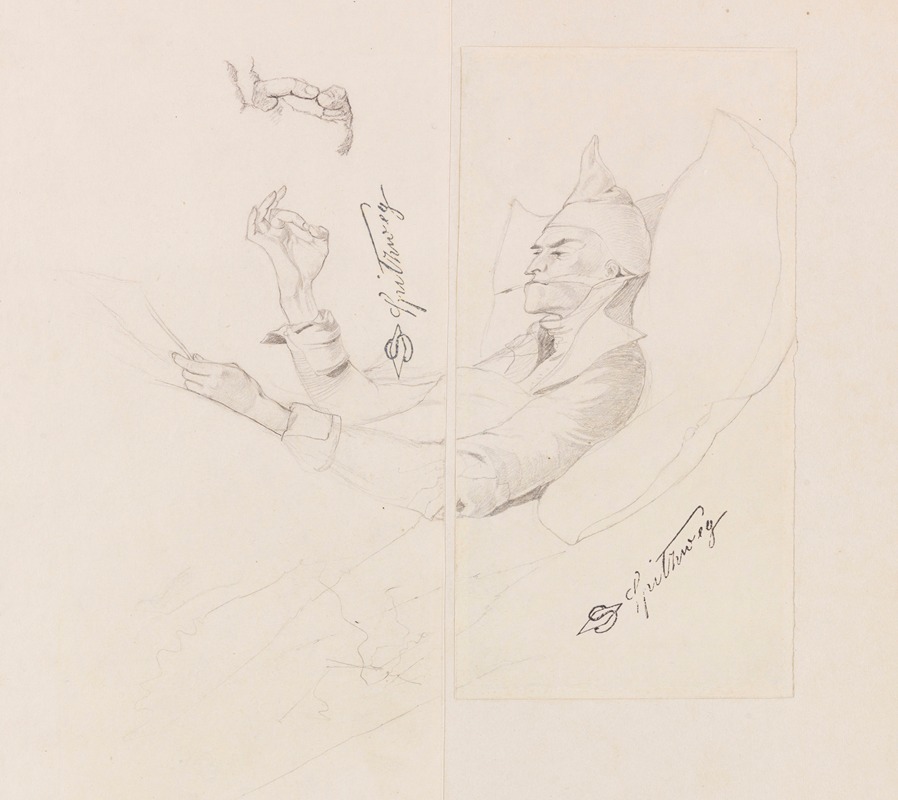
Der arme Poet
A hand-painted replica of Carl Spitzweg’s masterpiece Der arme Poet, meticulously crafted by professional artists to capture the true essence of the original. Each piece is created with museum-quality canvas and rare mineral pigments, carefully painted by experienced artists with delicate brushstrokes and rich, layered colors to perfectly recreate the texture of the original artwork. Unlike machine-printed reproductions, this hand-painted version brings the painting to life, infused with the artist’s emotions and skill in every stroke. Whether for personal collection or home decoration, it instantly elevates the artistic atmosphere of any space.
"Der arme Poet" (The Poor Poet) is a notable painting by the German artist Carl Spitzweg, created in 1839. Spitzweg, born on February 5, 1808, in Unterpfaffenhofen, Bavaria, is renowned for his humorous and often satirical depictions of the German bourgeoisie and the petite bourgeoisie. "Der arme Poet" is one of his most famous works and is a quintessential example of Biedermeier art, which flourished in Central Europe between 1815 and 1848.
The painting portrays a destitute poet living in a small, shabby attic room. The poet is depicted lying in bed, surrounded by the sparse furnishings of his humble abode. He is covered with a quilt, and his bed is placed under a slanted roof, which emphasizes the cramped and uncomfortable conditions. The room is lit by a small window, through which a faint light enters, highlighting the poet's isolation and poverty.
One of the most striking features of the painting is the poet's makeshift umbrella, which he has ingeniously rigged above his bed to protect himself from the rain leaking through the roof. This detail underscores the poet's resourcefulness and determination to continue his work despite his dire circumstances. The poet is shown writing in a notebook, seemingly undeterred by his surroundings, which suggests a dedication to his craft and a sense of perseverance.
The room is cluttered with various objects that reflect the poet's intellectual pursuits and his struggle to make ends meet. There are books, papers, and an inkwell scattered around, indicating his commitment to writing. A small stove in the corner of the room provides a source of warmth, and a few simple household items, such as a chair and a table, complete the scene.
"Der arme Poet" is often interpreted as a commentary on the precarious existence of artists and intellectuals during the 19th century. It highlights the contrast between the poet's intellectual aspirations and his material deprivation. The painting also reflects Spitzweg's keen observation of everyday life and his ability to infuse his works with both humor and empathy.
Carl Spitzweg's "Der arme Poet" has become an iconic image in German art history. It is celebrated for its detailed and realistic portrayal of the poet's environment, as well as its subtle critique of the social conditions of the time. The painting is housed in the Neue Pinakothek in Munich, Germany, where it continues to be admired by visitors from around the world.
Spitzweg's work, including "Der arme Poet," remains influential and is studied for its unique blend of realism, humor, and social commentary. The painting serves as a poignant reminder of the challenges faced by creative individuals and the enduring spirit of those who pursue their passions despite adversity.






